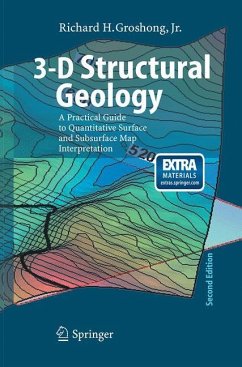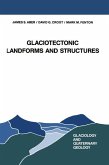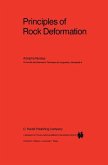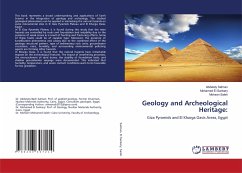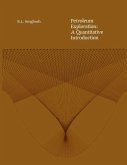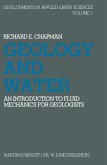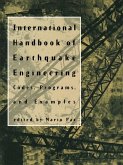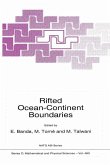Geological structures are three dimensional, yet are typically represented by, and - terpreted from, outcrop maps and structure contour maps, both of which are curved two-dimensional surfaces. Maps plus serial sections, called 2½-D, provide a closer approach to three dimensionality. Computer technology now makes it possible for geological interpretations to be developed from the beginning in a fully three dim- sional environment. Fully 3-D geological models allow significantly better interpre- tions and interpretations that are much easier to share with other geologists and with the general public. This book provides an overview of techniques for constructing structural interpretations in 2-D, 2½-D and 3-D environments; for interpolating - tween and extrapolating beyond the control points; and for validating the final int- pretation. The underlying philosophy is that structures are three-dimensional solid bodies and that data from throughout the structure, whether in 2-D or 3-D format, should be integrated into an internally consistent 3-D interpretation. It is assumed that most users of this book will do their work on a computer. C- sequently, the book provides quantitative structural methods and techniques that are designed for use with spreadsheets, mapping software, and three-dimensional c- puter-graphics programs. The book is also intended to provide the background for understanding what interpretive software, for example, a computer contouring p- gram, does automatically. Most techniques are presented in both a traditional format appropriate for paper, pencil, and a pocket calculator, and in quantitative format for use with spreadsheets and computer-graphics or computer-aided-design programs.
From the reviews of the second edition:
"In the second edition, material has been reorganized to follow more closely the typical workflowof the exploration geologist. ... The book has its place on the shelves of exploration geologists and some structural geology researchers. ... this is a useful and well produced book." (Nigel Woodcock, Geological Magazine, Vol. 144 (2), 2007)
"In the second edition, material has been reorganized to follow more closely the typical workflowof the exploration geologist. ... The book has its place on the shelves of exploration geologists and some structural geology researchers. ... this is a useful and well produced book." (Nigel Woodcock, Geological Magazine, Vol. 144 (2), 2007)

